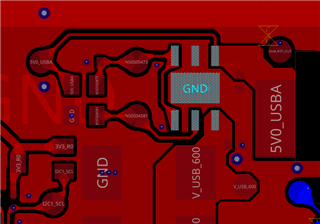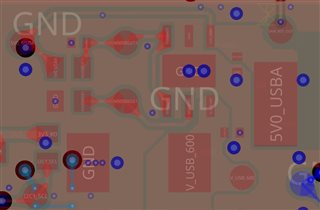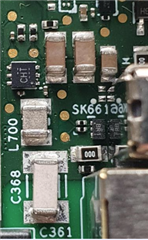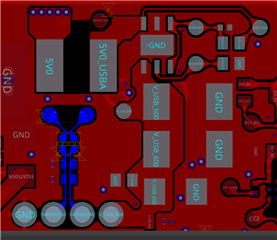Other Parts Discussed in Thread: TPS2553
We have a design that is close to volume production and now after a build of 400 units 2 units have failed to output 5V, the output voltage is fed to a USB A type connector shown below.
The design is arranged for auto restart, pin 3 & 4 connected together and current output current limited to ~ 600ma.
When the device fails the following voltages are shown below. the output should be enabled, but seems there is a problem with ILIM.
Any advice would be greatly appreciated.
Pin 1 - Vout - 178mv
Pin 2 - Iim - 0V
Pin 3/4 - Fault/Enable 4.954V
Pin 5 - GND
Pin 6 - Vin - 5.00V






